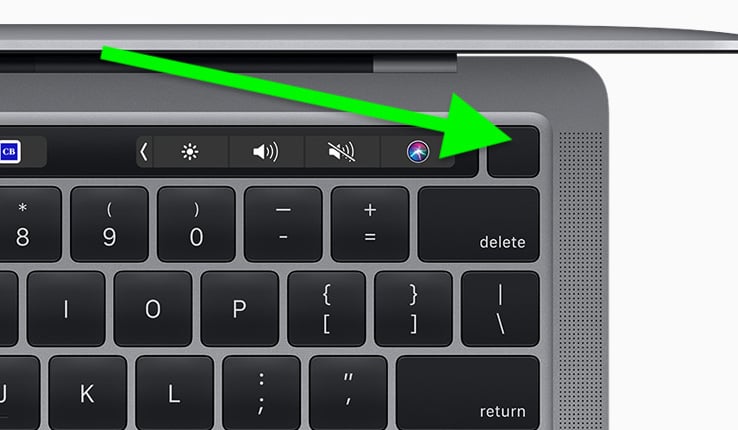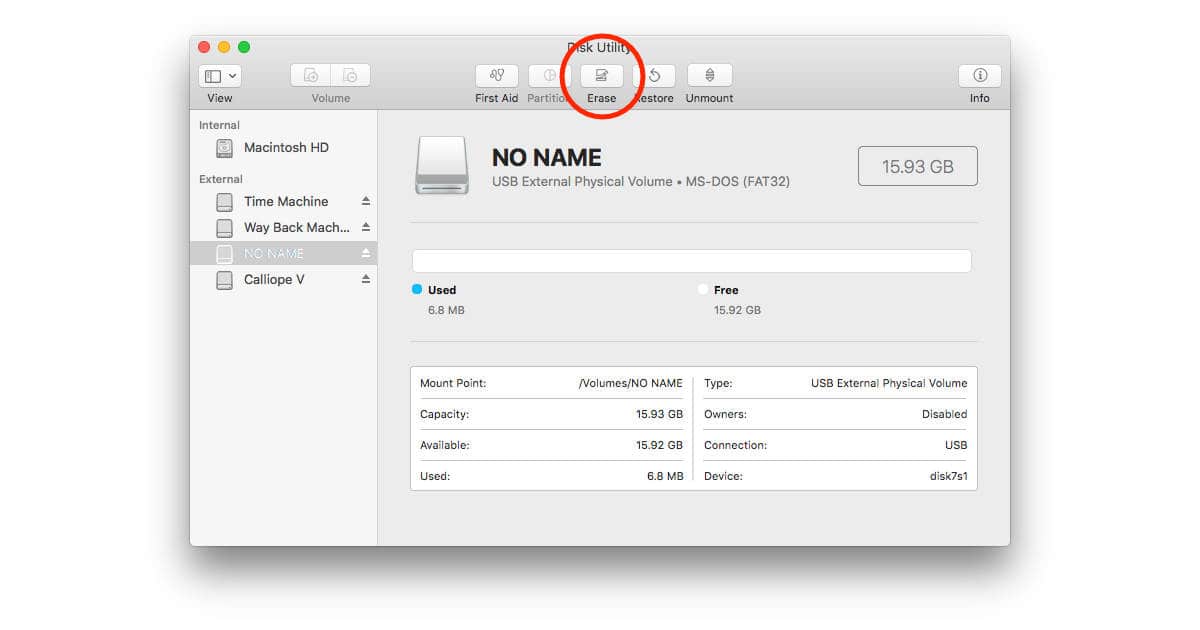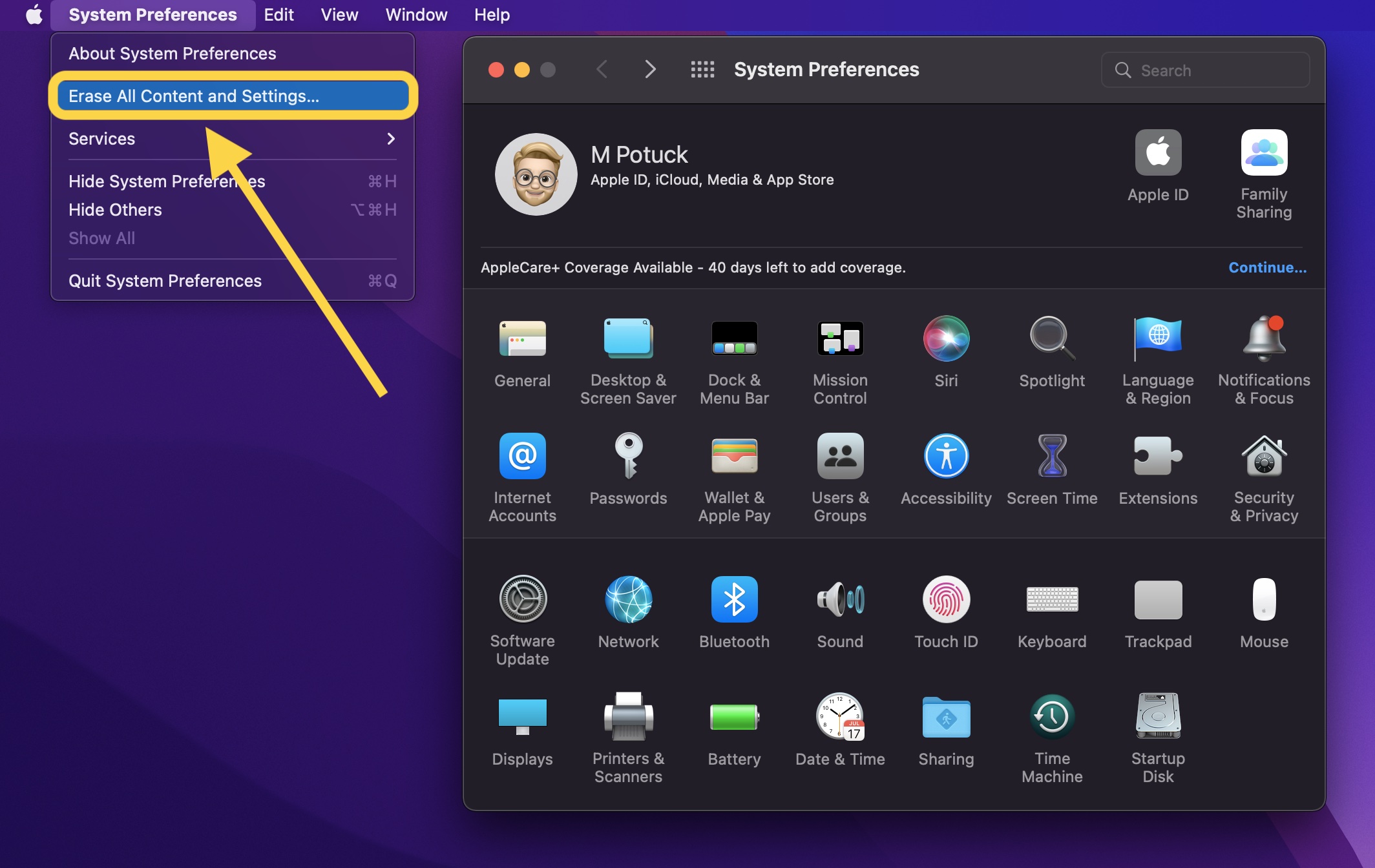
Click on the "Erase" button on the toolbar to get the following window. Just select the root directory of your Mac's hard drive (like Macintosh HD or Fusion HD). On the left panel, a list of all the connected devices and Mac's internal storage is displayed. As the Disk Utility window will open, you can view all kinds of operations to perform. 
If not, then you need to boot it in the recovery mode instead. If your Mac is already functioning, then just go to its Finder > Applications > Utility and launch the Disk Utility application.
To learn how to format Mac entirely, follow these simple steps: Apart from that, it can also help you manage the partitions or repair a broken disk. Using it, you can erase a partition or format the entire hard drive. To make it easier for users to format MacBook entirely, Apple has come up with an inbuilt tool – Disk Utility.
 By reformatting a drive, you can manage the partitions and the entire storage as well. You can also defragment the disk and get back some free space on it this way. It can help you troubleshoot a problem with your Mac's disk or any external device. If a partition or storage unit has been infected by malware, then you can get rid of it by formatting it entirely. Your Mac might be running low on free space and formatting it will help you reclaim tons of available storage on Mac. You might be reselling your Mac and by formatting it, you can get rid of all the unwanted data. Ideally, there could be different reasons and scenarios for formatting Mac's storage. Common Scenarios for Formatting Macīefore we discuss how to format HDD/NTFS on Mac, it is important to cover the basics.
By reformatting a drive, you can manage the partitions and the entire storage as well. You can also defragment the disk and get back some free space on it this way. It can help you troubleshoot a problem with your Mac's disk or any external device. If a partition or storage unit has been infected by malware, then you can get rid of it by formatting it entirely. Your Mac might be running low on free space and formatting it will help you reclaim tons of available storage on Mac. You might be reselling your Mac and by formatting it, you can get rid of all the unwanted data. Ideally, there could be different reasons and scenarios for formatting Mac's storage. Common Scenarios for Formatting Macīefore we discuss how to format HDD/NTFS on Mac, it is important to cover the basics. 
Tips for Formatting Mac and do Mac Recovery How to Perform Mac Data Recovery After Format







 0 kommentar(er)
0 kommentar(er)
